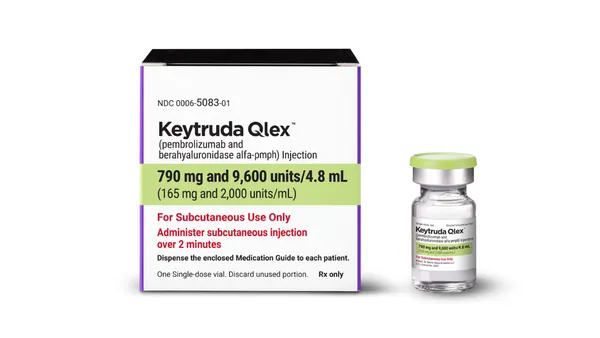Training for success The sales training landscape may look significantly different in a year or two. While we can’t predict what the future will be, we do know that the industry is making improvements to every facet of the sales process. Good pharmaceutical sales reps know their products and their markets inside and out. They can present the benefits of their drug, overcome objections, and answer myriad questions related to efficacy, reimbursement, and so on. Great reps can do all of the above, but they also are thought of as respected resources, if not as peers, by their physician customers. The ability to build a trusting relationship with a physician is perhaps the most difficult, yet most effective, skill pharmaceutical sales representatives can have. Many experts believe that great sales reps share a set of common traits. While knowledge can be taught and measured, passion, the desire to succeed, and the ability to make a connection are what set top-performing reps apart from the rest of the salesforce. This is why pharmaceutical, biotechnology, and medical-device companies use stringent screening procedures to identify representatives who have what it takes. According to a 2005 study by The Hay Group, the average cost to recruit and train an entry-level sales rep is $86,000. In addition, there is an average annual turnover rate of 14% to 15%. As we know, companies spend a tremendous amount of money and resources on the salesforce every year just to maintain the ranks. In the past few years, there has been a great deal of conjecture as to when big pharma would “rightsize” its salesforces. There has been some movement toward deceleration of the arms race but there hasn’t been a clear indication that the industry has raised the white flag in surrender yet. This means trainers are still training sales reps on new products, new indications, new formulations, as well as improving sales skills. It’s business as usual for sales trainers. According to a May 2006 study from Best Practices, new reps account for about 32% of the employees trained at benchmarked companies and consume 61% of total training budgets. For trainers, the news is good; 47% of companies predict training budgets will increase over the next two years. More than 93% of U.S. respondents believe advanced selling, also known as consultative selling, is the top growth area in the training arena. One way to manage training costs is the use of distance learning or e-learning tools. Costs are much lower than facilitator-led training when travel expenses and the cost of the labor associated with traditional training classes are eliminated. Plus, because many e-learning courses are self-paced, sales reps can manage their time better and stay in the field during the most critical hours of the day. Technology is improving the sales process in other ways. Physicians are learning more about drugs via sponsored e-detailing campaigns, PDA solutions, Webinars, podcasts, and other technologies. An informed physician is a boon to a good rep. The rep can focus on more sophisiticated issues during a sales call when the physician already understands the basics. As time is short, this is more important than ever. Daniel Limbach Managing Editor The VIEW publications Daniel Limbach Improved information flow combined with sales reps adding greater value to physicians should result in better overall patient care. Please stop by Booth 700 at the SPBT Annual Conference to say hello. VIEW on Sales Training May 2006
An article from


Letter from the Editor
Filed Under:
Commercialization









